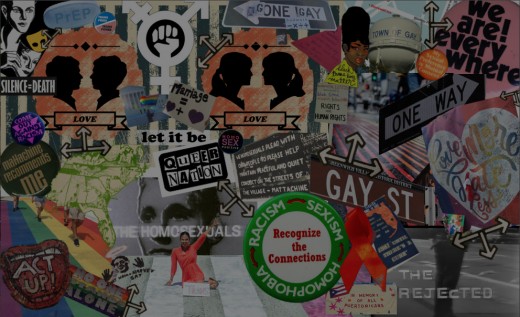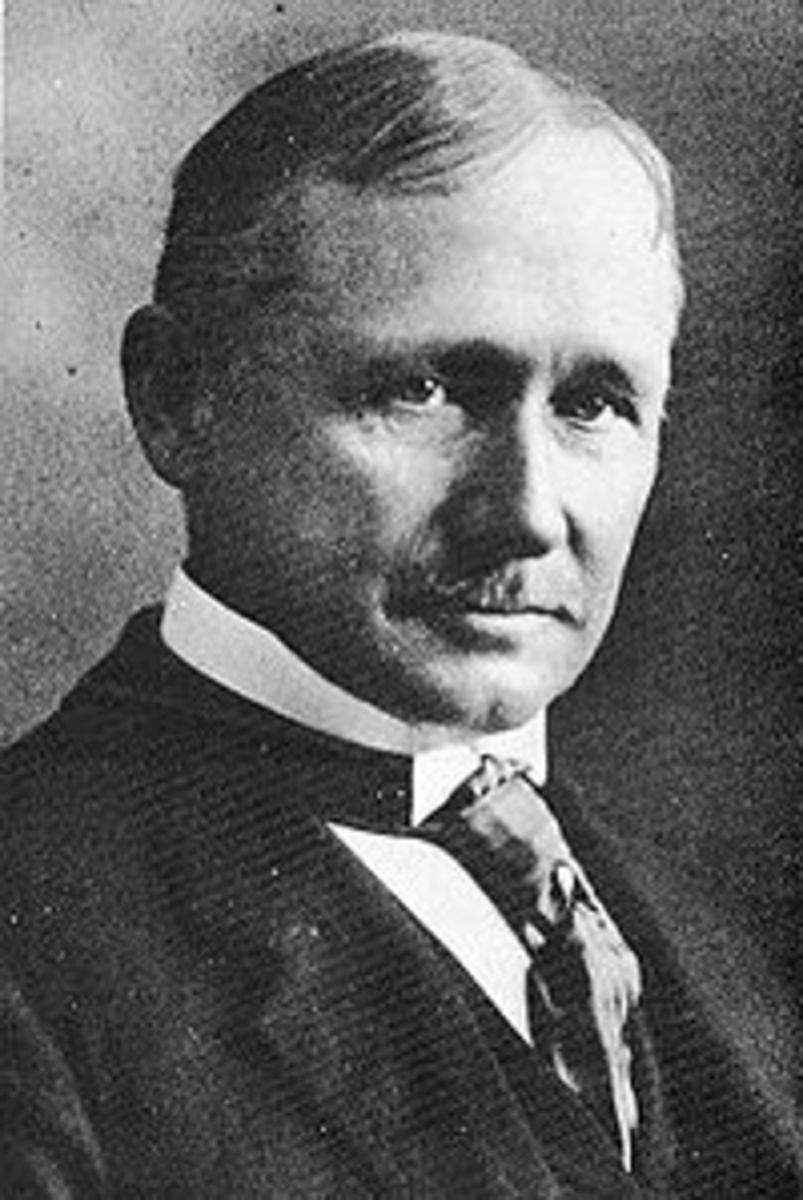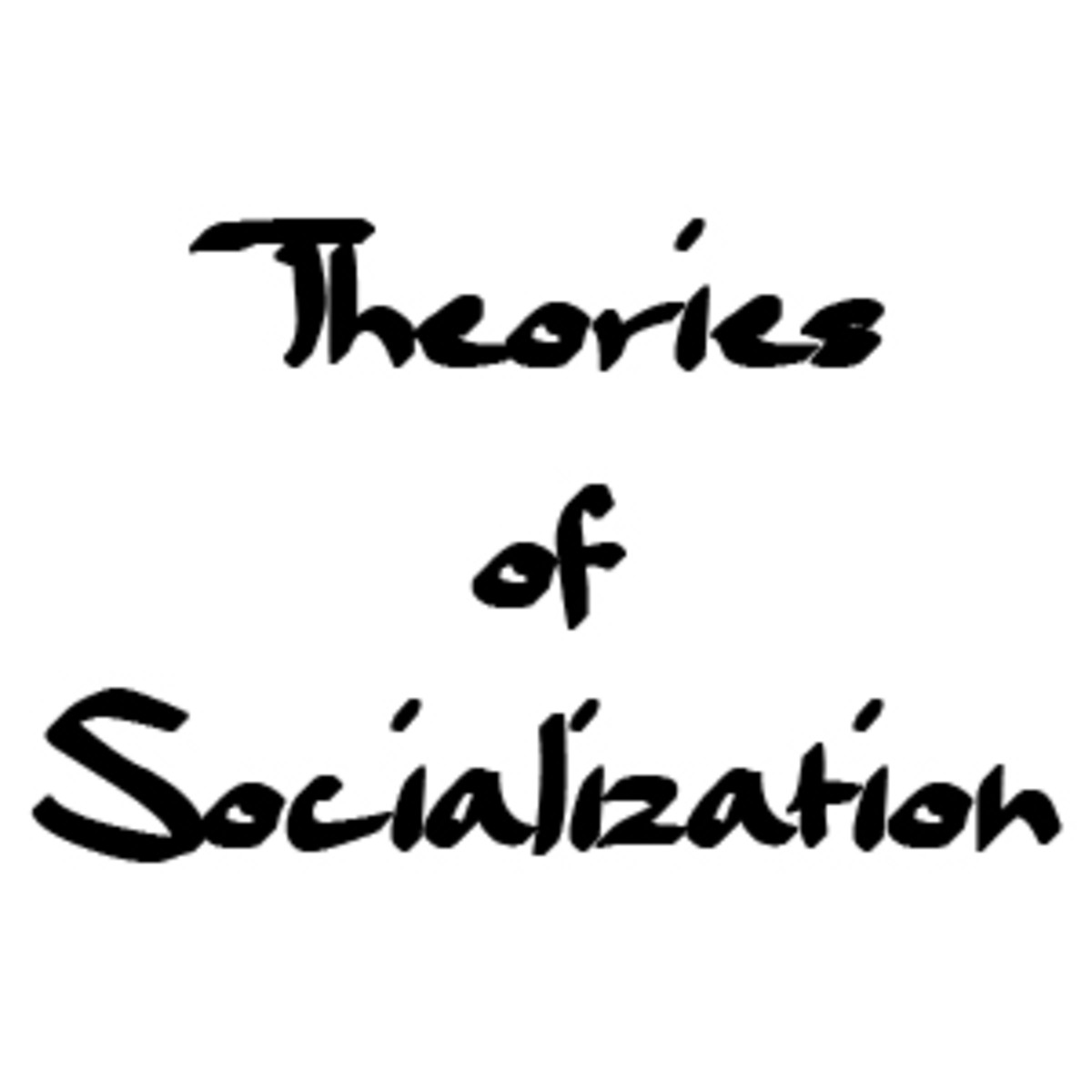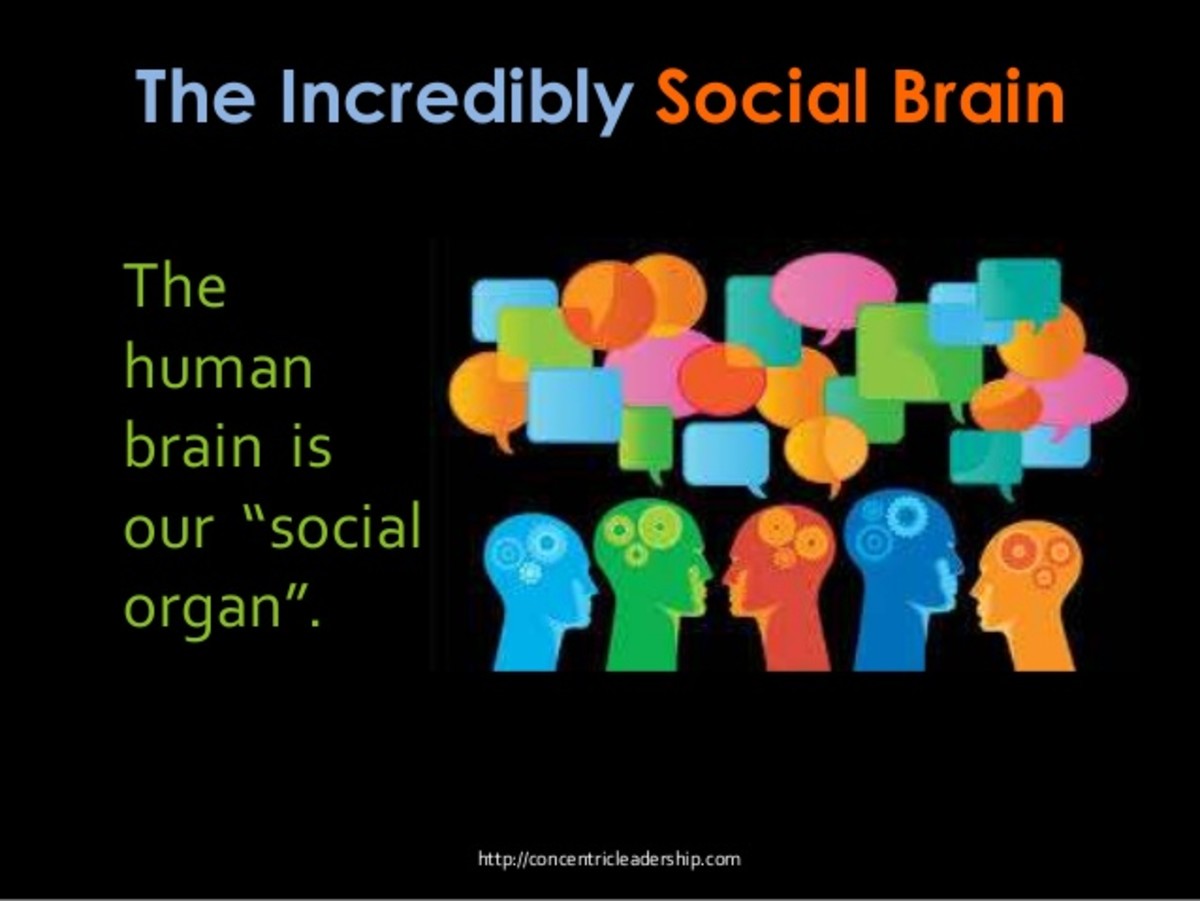Queer Theory
Queer Theory is a branch of postmodern deconstructive cultural studies. Here we find that the analysis of gender-based cultural discourse has been included in postmodern feminism. Much postmodern feminism has focused on cultural representations, such as films, videos, television, popular music and advertisements - whether aimed at adults, adolescents or children - as well as paintings, opera, theater production and ballet. They all have letters that tell us in secret and openly something about feminine and masculine bodies, sexual desire, and gender roles.
A romantic song about a far-away man openly celebrates sexual heterogeneity; and a tragedy mourns the death of the head of the family, who earns its power glorifying the traditional nuclear family. These speeches affect our way of thinking in our world, without questioning the underlying assumptions about gender and gender. These letters encourage adopted choices about work, marriage, and childbearing by showing them as ordinary and rewarding and showing what has been rejected as "bad end." Quire theory goes beyond cultural production to examine gender and sexuality in everyday life as texts for disassembly. In Queer theory, gender and sexuality "play roles" - we create identities or selves when we do and interact with others.
What we wear and how we talk are signs and displays of gender and sexuality. What we do socially creates us as women and men in an ethnic group, a social class, a profession, a religion and a place of residence, even if we try to create ourselves as individuals. Quier's teachers studied whether wearing a particular gender for the "other" gender, for example, creates a more free social space or reproduces traditional gender. Women and men, homosexuals, heterosexuals and bisexuals, those who wear the other gender for Darag, costumes, Mardi Gras, Gay Parades, As well as those living in the case of the other gender, are all texts in the same gender and sexual discourse. What queer theorists have found is that gender roles are often recreated in the same old way - that transsexuals appear in women's clothing exactly according to the gender tradition and that the mutants wear male clothes and that the bearded woman who wears a skirt and a high hat still looks like a circus show and surrounded by crowds in the street As out of the gender conventions that had predetermined accepted and socially unacceptable standards.
While social constructivism is largely concerned with institutions and structures, and is not sufficiently concerned with individual actions and behaviors, postmodern feminism and the theory of the Kuyer are entirely opposite to interests. In the theory of the Quir, all the self-centered actors, the management of impressions, the masks of self-presentation and uniforms, in order to produce / or parody of harmony and gender matching (Madonna is a major supporter of the codes of the Quiris).
Feminist postmodernism is primarily concerned with the dismantling of cultural productions, neglecting the letters of control and restraint contained in the regulatory, legal, religious and political texts. The social constructivist analyzes of organizational organizational practices that maintain the gender system can be associated with postmodern feminist and Querian theory that focuses on disassociating or retreating individuals' gender interactions. Social feminism says that the gender-based social system constantly reinforces itself through individual action, but the theory of the quier shows how individuals can consciously and deliberately create chaos and instability in the gender system, opening the way for social changes. Social feminism can show the locations of structural contradictions and fault lines that can provide specific stress positions that individuals, organizations and social movements use for long-term restructuring and a more equitable social system for all people. Then we find (Quirin others) are shaking it again !!.
Finally, the feminists of the Gendarmerie revolt oppose the opposition. These tendencies employ more categories of "men" and "women", because each gender group is intertwined with other groups such as race, religion and the social class. Gender is also not bilateral or fixed. There are at least six sexes - a heterosexual, heterosexual, lesbian, gay, bisexual, bisexual and bisexual. These sexual gender situations include a variety of feelings and experiences. Biological sex is not bisexual either - as well as males and females, you can add herpes, mutants and mutants. Physiologically, there is an overlap in muscle strength and physicalendurance - a continuum is not a crucial division into a male and a female.
Disturbing the recognition of multi-polarity groups opposes polar opposites and undermines the assumption that one class is dominant and the other subordinated or subjugated, one ordinary and the other oblique, one with value and the other "another". The feminism of the gender revolution claims that all situations that shape our lives are socially constructed. Thus, it is possible that there are multiple differences, complications and overlaps of everything that humans can invent in behavior, emotional relationships, sexuality, and identities. Identity policies become more complex, but coalitions and political alliances also multiply.

© 2019 Oussema Ben Romdhane








